Robert Norman Royston
Robert N. Royston (April 25, 1918 – September 19, 2008) was one of America's most distinguished landscape architects, based in the San Francisco Bay Area of California in the United States. His design work and university teaching in the years following World War II helped define and establish the California modernism style in the post-war period. During his sixty years of professional practice Royston completed an array of award-winning projects that ranged from residential gardens to regional land use plans. He is perhaps best known for his important innovations in park design. A recent book, Modern Public Gardens: Robert Royston and the Suburban Park, details this area of his professional creativity and philosophy.

Royston attended U.C. Berkeley from 1936 to1940, during the aftermath of the Great Depression and the increasing threat of World War II. His professional career began in the office of Thomas Church, one of the country’s most prominent modernist garden designers. By the late-1940s, postwar prosperity, advances in technology, and a surge in population had led to the development of new building types demanding new landscapes, as well as a design methodology appropriate to the times.
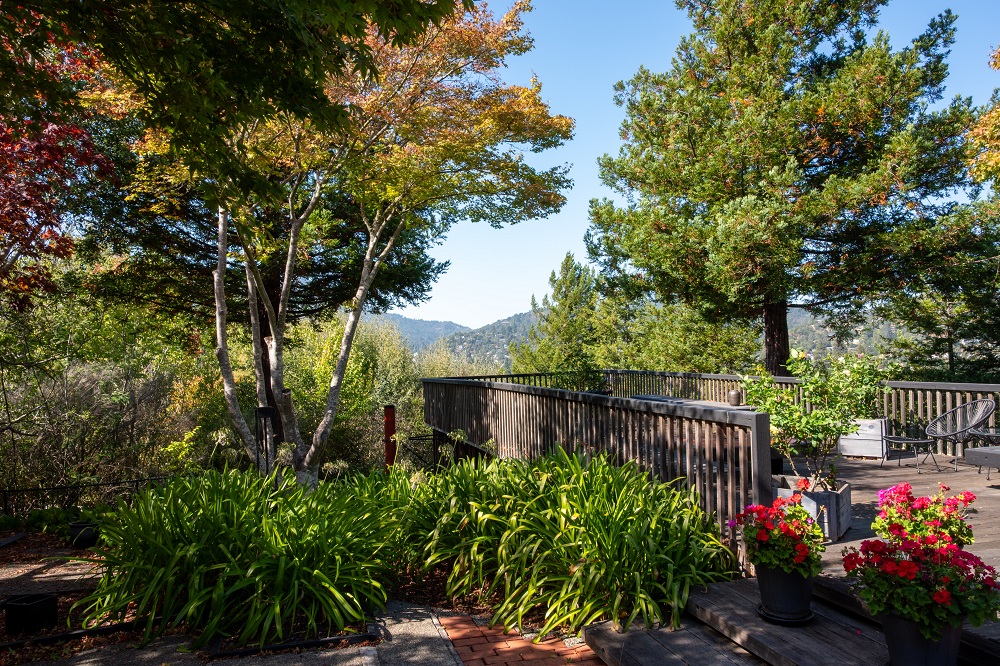
Royston left Church to join the next generation of modernist practitioners. In his partnership with Garrett Eckbo and Edward Williams (1945-1958), he produced some of his most outstanding residential work. His gardens were carefully choreographed to his clients’ lifestyles, but he also strove for a sense of timelessness in his design. Within five years, Eckbo, Royston and Williams had become one of the nation’s leading modernist architectural firms.
Royston’s experience with private gardens informed his early public park designs, which evolved into his conception of a new type of park for the American family. His unique approach to planning parks involved envisioning a series of linked “public gardens” that would serve a broad range of visitors and could be adapted to a variety of settings, from small neighborhoods to large cities.
Royston’s experience with private gardens informed his early public park designs, which evolved into his conception of a new type of park for the American family. His unique approach to planning parks involved envisioning a series of linked “public gardens” that would serve a broad range of visitors and could be adapted to a variety of settings, from small neighborhoods to large cities.
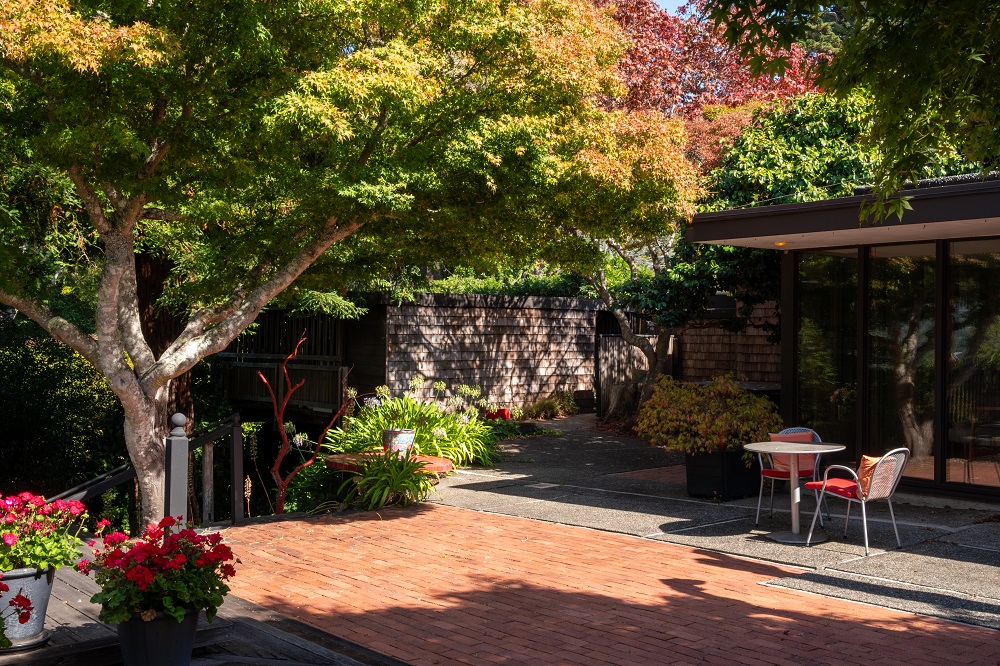
In 1958, Royston left Eckbo and Williams to launch his own firm, building on the collaborative, interdisciplinary model of their partnership.. Like his modernist peers, he regarded space as the primary medium of his profession and respected the intrinsic qualities of materials. His formal vocabulary was influenced by twentieth-century painting and sculpture, and he strove to create environments suitable for modern living.
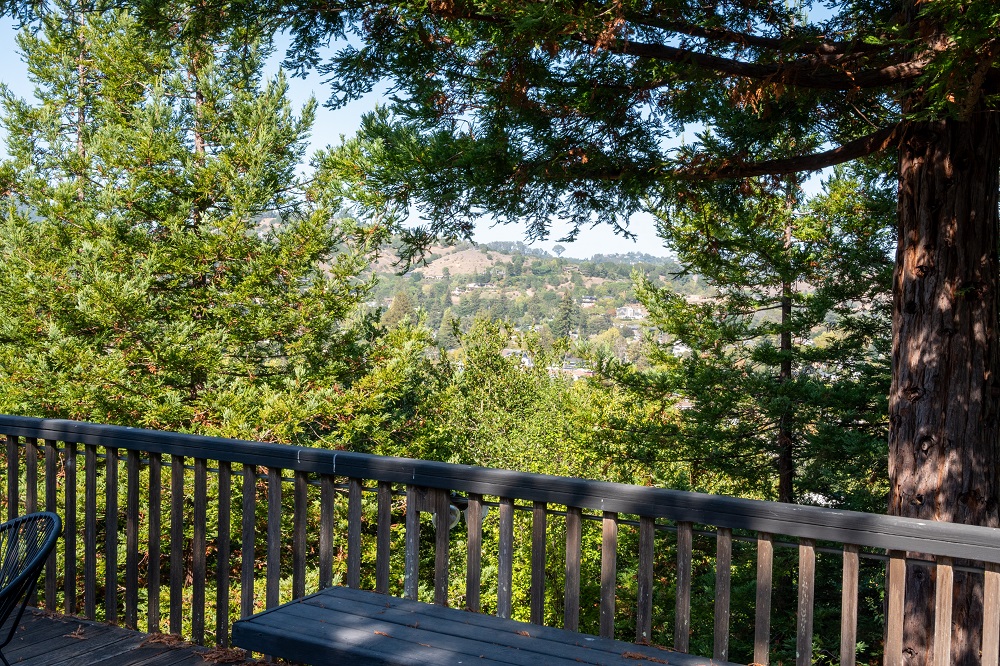
Throughout his career, Royston made an extraordinary effort to understand the needs of his clients—regardless of age, class or gender. His projects manipulate space and form to achieve both practical ends, such as comfortable seating, and more spiritual purposes, like the joy evoked by playful sculpture or the serenity of a stroll beneath blooming trees.
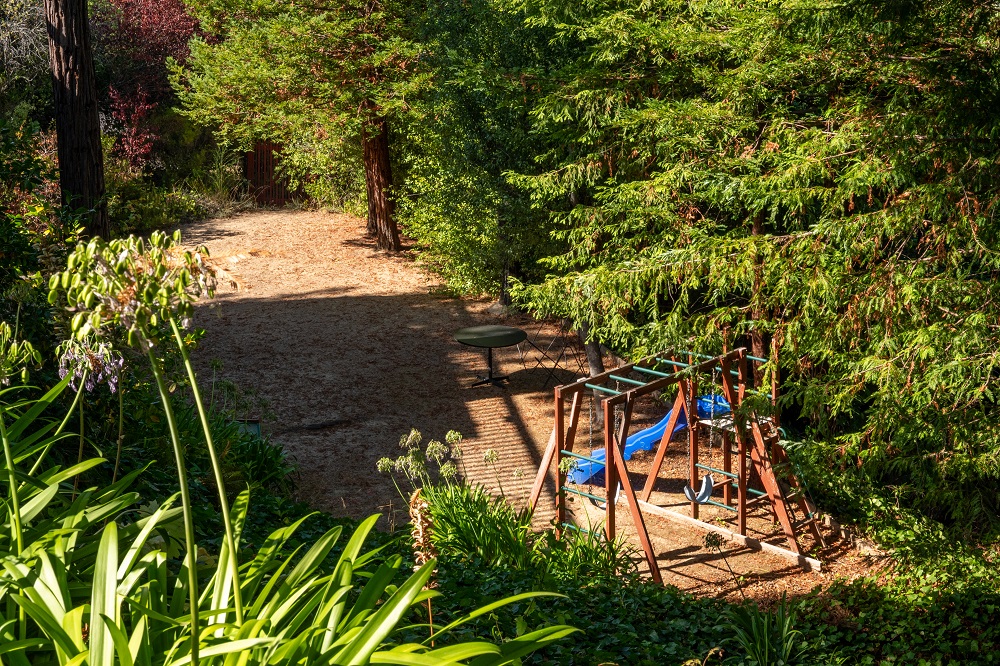
An imaginative and empathetic designer, Royston considered the psychological effects of space and materials—as much as their visual and technical aspects—and adjusted his designs to the benefit of all. His perceptive humanism, woven into five decades of professional practice, is his enduring legacy.
About author J.C. Miller, ASLA: California licensed landscape architect with 25+ years of experience. Creative genius behind Miller Studio, Miller's project experience includes public parks, historic landscapes, educational environments, civic spaces, and residential gardens. Miller is also a recognized expert on postwar California gardens, he writes and speaks frequently on 20th Century landscapes.
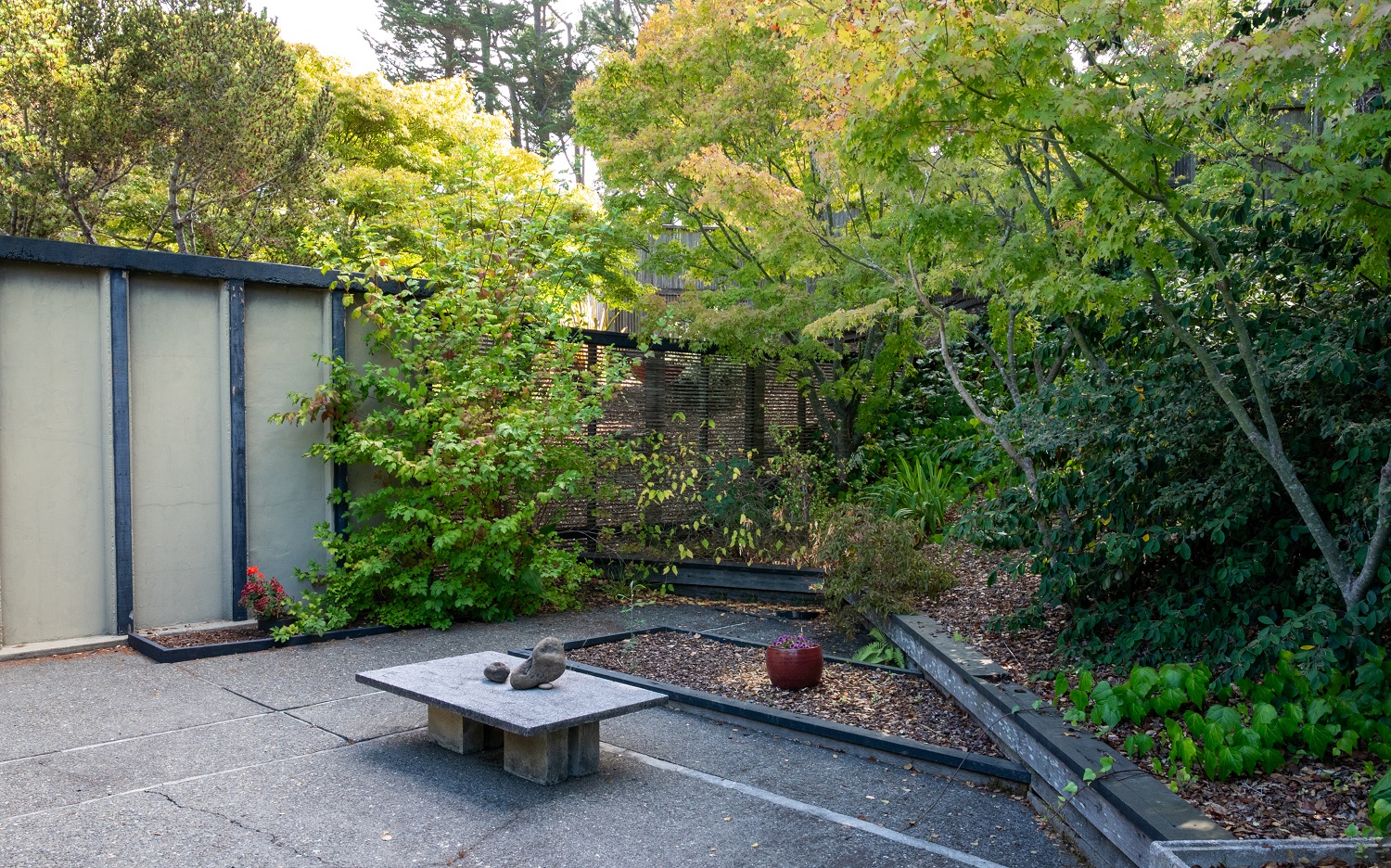
Contact Us
Please email us, We're happy to provide more information.



.svg)